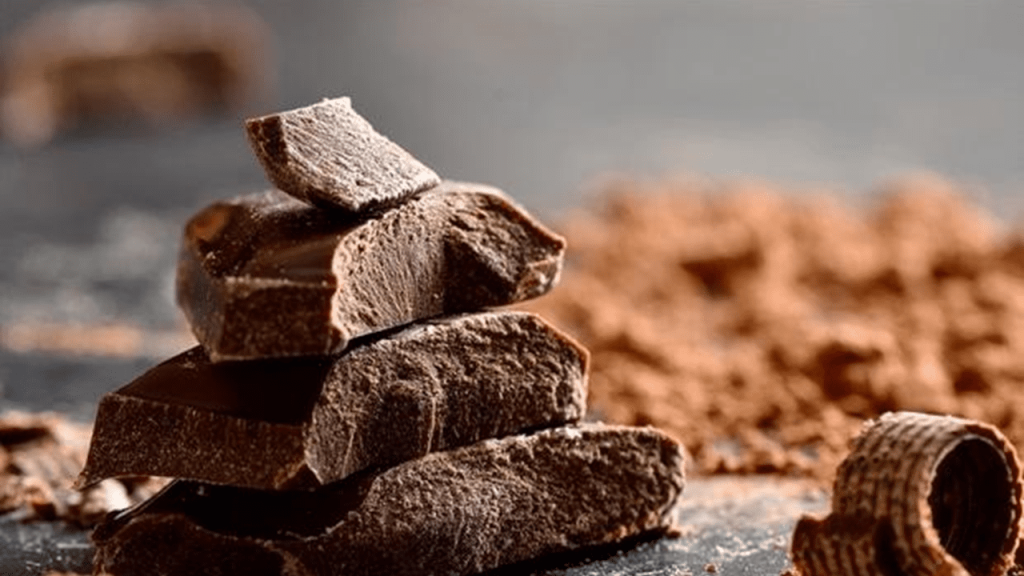3D printing of food has been achieved by different printing methods, including the widely used selective laser sintering (SLS) and hot-melt extrusion methods. However, these methods are not always compatible with temperature-sensitive nutrients found in certain types of food. For instance, milk is rich in both calcium and protein, but as these nutrients are temperature sensitive, milk is unsuitable for 3D printing using the aforementioned printing methods which require high temperature.
SUTD overcomes hurdle of temperature sensitie nutrients by developing a novel method of 3Dprinting milk-based products. To tackle these limitations, the research team from SUTD’s Soft Fluidics Lab changed the rheological properties of the printing ink and demonstrated DIW 3D printing of milk (refer to image) by cold-extrusion with a single milk product – powdered milk.
Read more about what the team has done.

